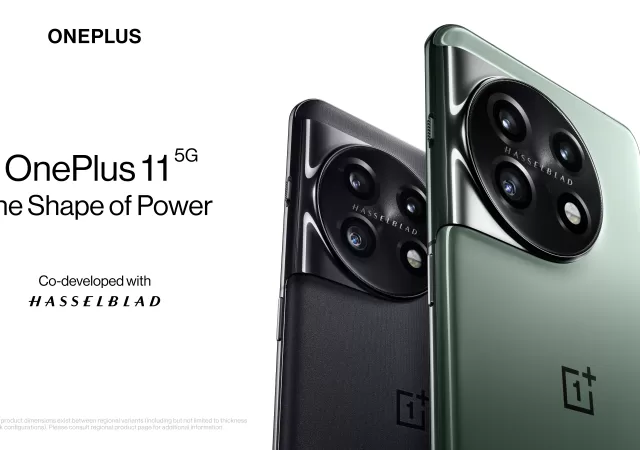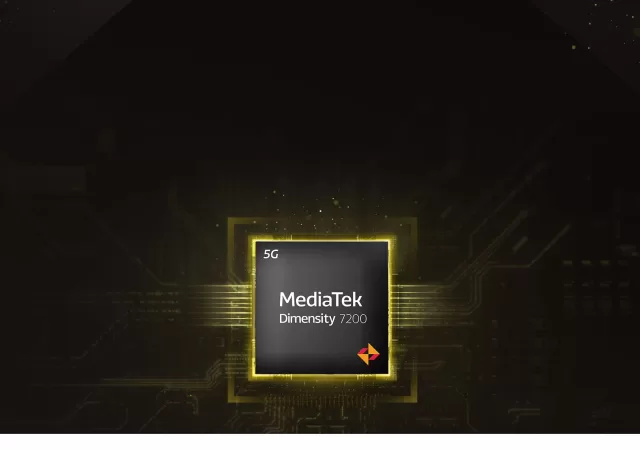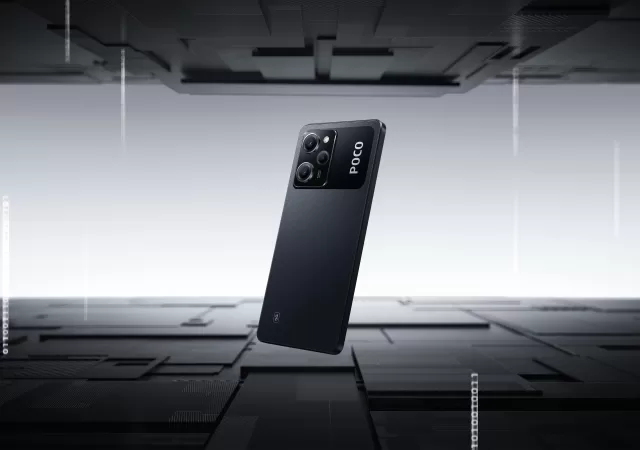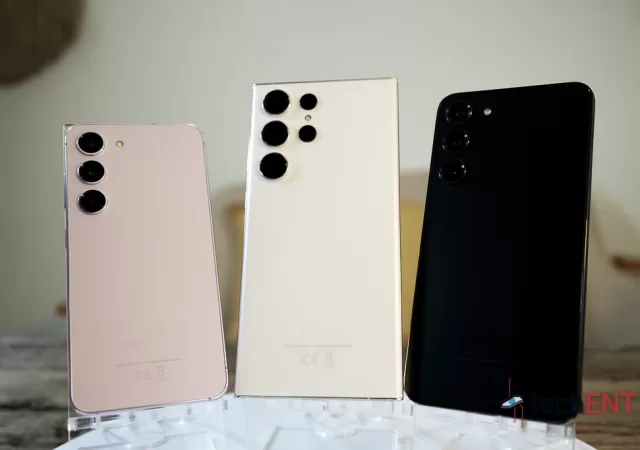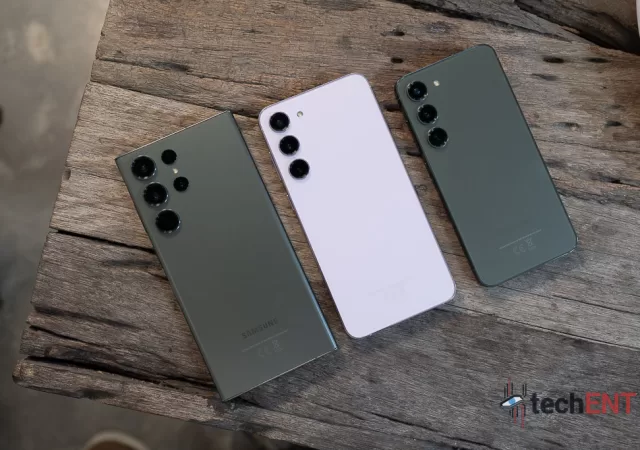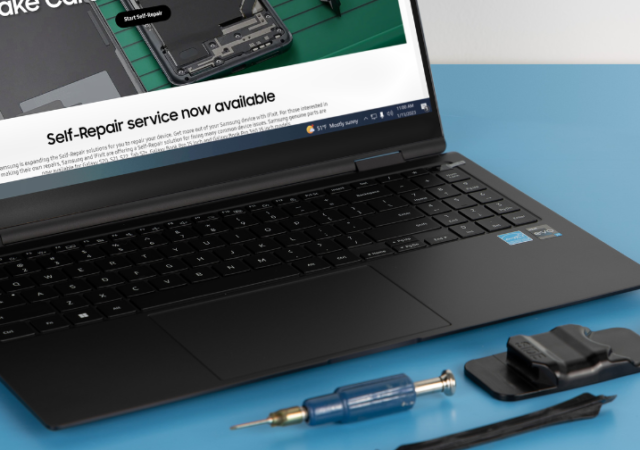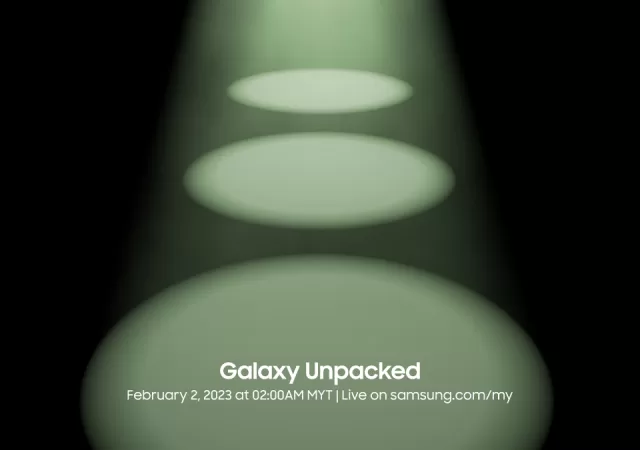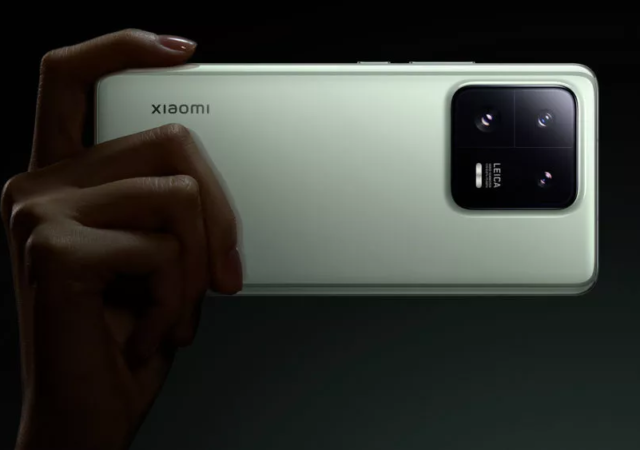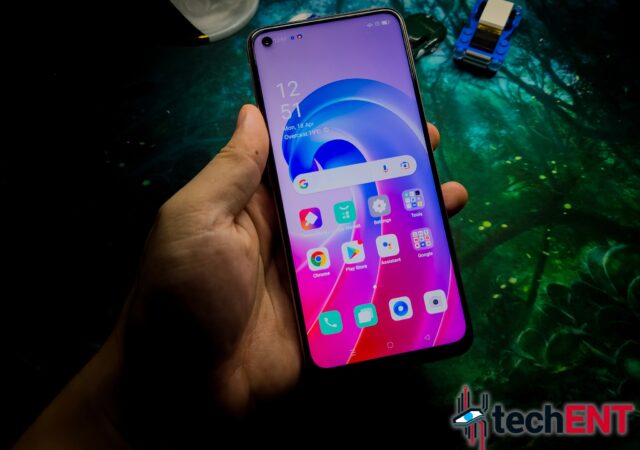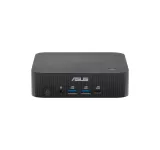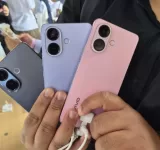OnePlus is turning heads once again with its new flagship OnePlus 11. The OnePlus 11 seems to mark a turning point for the company – one that leads them back to their roots; creating smartphones that show the competition what…
MediaTek Launches the Dimensity 7000 Series, Kicks Off with Dimensity 7200
MediaTek launches their latest budget friendly mid-range SoC with 5G support in the Dimensity 7000 series, the Dimensity 7200.
POCO Launches Their 2023 Mid-Range Champion, the X5 5G and X5 Pro 5G Prices Starting from MYR 1,099
POCO introduces the X5 Pro and X5 mid-range smartphone that comes with a high-end AMOLED display and up to 108MP camera.
Pre-orders for Galaxy S23 Series Go Live
Samsung’s Galaxy S23 series goes on pre-order in Malaysia. Find out what you can get with your purchase of the new flagship.
Samsung Unpacks The Galaxy S23 Series
Samsung unveils it’s new Galaxy S23 series which brings a customised Qualcomm Snapdragon 8 Gen 2 processor with a whopping 200 megapixel camera.
Now You Can Repair Your Samsung Galaxy S22 Smartphone by Yourself!
Samsung adds their Galaxy Book Pro and Galaxy S22 series devices in their self-repair program, genuine parts now available through iFixit.
Samsung introduces the ISOCELL HP2 – The Little 200MP Sensor for Your Smartphone
Samsung announces the ISOCELL HP2 camera sensor for smartphones packing 200MP ahead of Unpacked 2023 and their next-gen flagship release.
Samsung’s Galaxy S23 Coming on the 1st February at Galaxy Unpacked!
Samsung has announced their Galaxy Unpacked event to launch their latest flagship smartphone, the Galaxy S23 series on the 1st of February
Xiaomi 13 series unveiled in China, challenges for top spot
Xiaomi’s latest flagship devices, the Xiaomi 13 series, have been announced in China and challenges to be a top device in 2023. Xiaomi’s announcement revealed two devices, the Xiaomi 13 and Xiaomi 13 Pro as part of the series. Both…
OPPO Goes Long with Four Major Updates and Security Update for Five Years
OPPO has extended their product life support. As of 2023, select flagship devices will get up to four ColorOS and five security updates.



